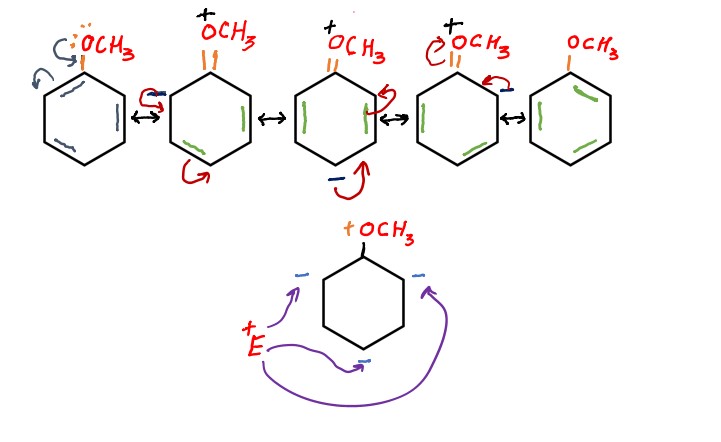What are Ortho Para Directing groups?
Written by Adeel Abbas Definition Those groups that direct incoming groups to ortho and para positions are called ortho-para directing groups. In other words “Electron donating groups in the aromatic ring are called ortho-para directing groups.” For better understand also read my article on meta directing groups. Examples of ortho-para directing groups Some of the … Read more

